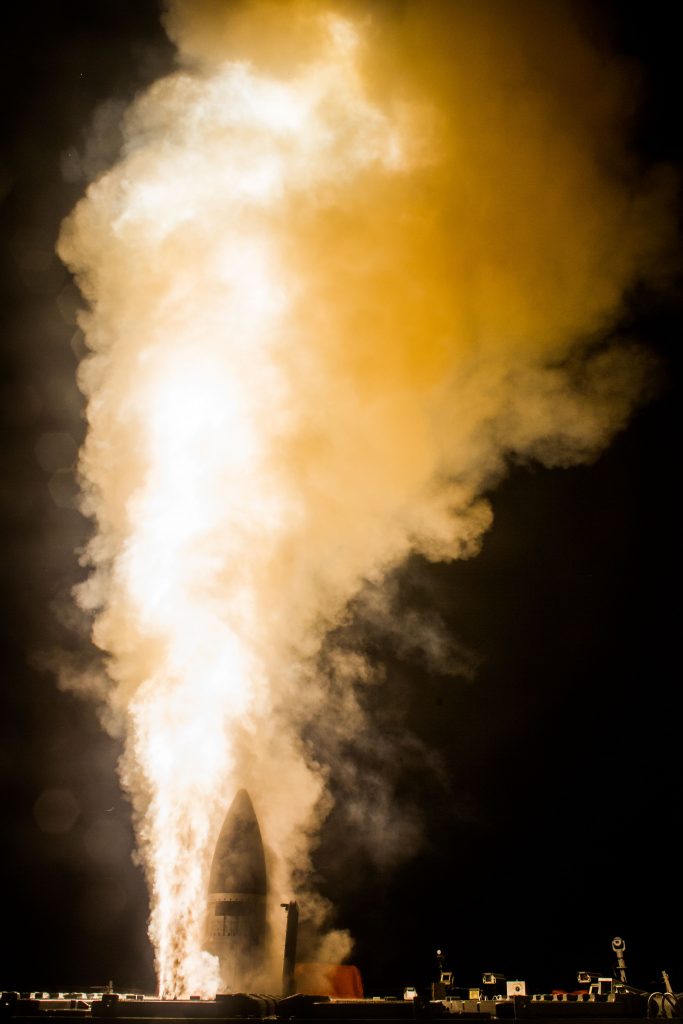The Raytheon RIM-161 Standard Missile-3 (SM-3) Block-2A satellite, infrared and semi-active radar homing guided surface-to-air missile performed its first successful intercept test on 3rd February.
The RIM-161 SM-3 Block-2A is being developed cooperatively by the United States and Japan to defeat medium- and intermediate-range ballistic missiles, typically achieving ranges of between 539.9 nautical miles/nm (1000 kilometres/km) to 1889.8nm (3500km), and 1889.8nm to 2969.7nm (5500km) respectively.
The RIM-161 SM-3 Block-2A completed its first successful intercept test on 3rd February hitting and destroying a land-launched target resembling an advanced ballistic missile threat in the Pacific Ocean, near Hawaii: “Another intercept test is slated for 2017,” Amy Cohen, Standard Missile-3 programme director in Raytheon’s missile systems division, told asianmilitaryreview.com.

Raytheon is the prime contractor for the missile while Mitsubishi Heavy Industries is the main Japanese sub-contractor for the programme and supplies various components for the weapon, including its nose cone and second- and third-stage rocket motor. Ms. Cohen continued that: “We are very proud of the extraordinary cooperative development programme that we have with our friends in Japan.”
With regard to the build and delivery status of the RIM-161 SM-3 Block-2A for Japan, Ms. Cohen responded that: “Initial manufacturing rounds are in production to support operational testing and initial deployment.” Once in service, these missiles are expected to equip the Japan Maritime Self Defence Force’s (JMSDF) ‘Atago’ and ‘Kongo’ class destroyers.
The only missile in the JMSDF inventory that is similar to the RIM-161 SM-3 Block-2A is the RIM-161 SM-3 Block-1A. Ms. Cohen broadly differentiated the two missile’s capabilities: “The (former) offers increased capability. It has two distinct new features: larger rocket motors that will increase its range and allow it to defend broader areas from ballistic missile threats, and a larger kinetic warhead.”













